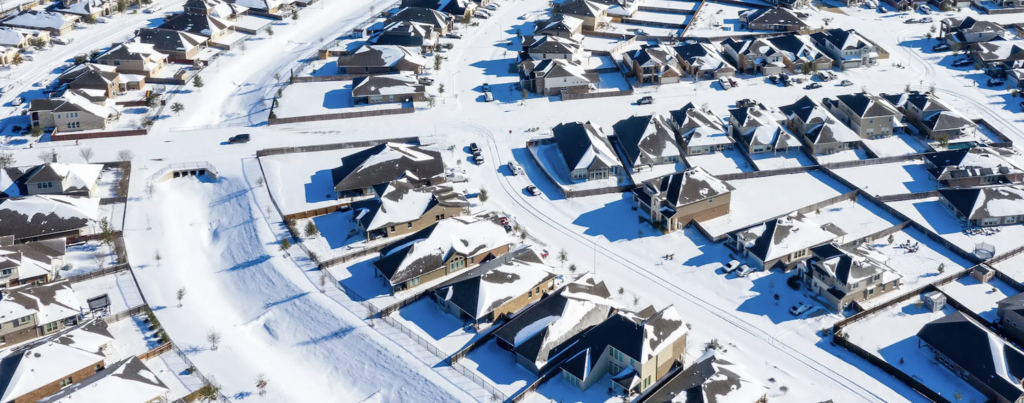I thought my first Solar Reflector article would focus on why I returned to TXSES. I felt an urgency to speak out against under-the-radar attacks on solar on the customer side of the meter; how we need to stop policy roadblocks that are under construction in Texas. That alone would have been a worthwhile goal.
And then at our Annual Meeting, I heard the TXSES regional chapters share what has been keeping them busy. I was humbled and impressed with the myriad efforts and innovative projects underway across the state.
What stood out about the chapters’ efforts was not only were they trying to defend net-metering on the customer side of the meter, they were also integrating solar with essential elements of society. Whether workforce development, by bringing the under-represented into our industry, or solarizing food trailers that bring fruits and vegetables to food deserts, these projects benefit not just one individual but communities writ large.
I began to rethink what I want to accomplish as TXSES board chair this year.
Enter The Big Freeze, and although we’re still too close to the calamity to joke about it, I realized then that my focus needed to include more than net-metering for homeowners. Instead, it needs to spotlight the relentless big, bold thinking and synergy happening in our chapters. This is how distributed solar makes our Texas communities a better place for more of us.

The Blanco Vista neighborhood of San Marcos was blanketed with several inches of snow Feb. 15 after a massive winter weather system engulfed Texas, causing widespread power outages across the state. Credit: Jordan Vonderhaar for The Texas Tribune
Our grid was tested. Unfortunately, but predictably, politicians were pointing fingers and were quick to assign blame. Despite claims by the Governor that renewables were the culprit, the real story was that the grid-at-large failed on multiple levels.
The current electric grid, that electric network paradigm, has been with us for nearly 150 years. What have we really done to improve it? Nationally? Here in Texas? While we’ve tinkered around the edges with various strategies like smart meters, has the grid changed much with the technology from our solar industry?
Bright examples shine (rooftop aggregation for virtual power plants comes to mind from San Antonio and CPS), but across Texas, the grid network runs pretty much in the same form today as it did more than one hundred years ago. Power flow is unidirectional: from big power plants to your home. We know now that this system is fallible.
Across the TXSES membership community, we have shining examples of resiliency that we must multiply 1000-fold. Bringing solar and storage to our homes, neighborhoods, cities, counties will reinforce and bolster the grid. We can transform it to a better, more modern grid network where the flow of amps is not just plant-to-home but back and forth bidirectionally, vertically and horizontally.
We have the leaders on this board to get after this. Thanks to our recently-awarded Meadows grant, we’re able to pursue those big, bold ideas that can change our energy story. Our talented chapters are taking big ideas and pairing them with local and regional projects that are making a real difference.
This year, let’s all tell the story about how distributed solar plus storage modernized the Texas grid from its century-old paradigm of one-way electricity flow into the most resilient, adaptive electrical mesh-network that makes us the envy in the U.S. and world.
I look forward to your ideas to move forward and not look backward.
i
